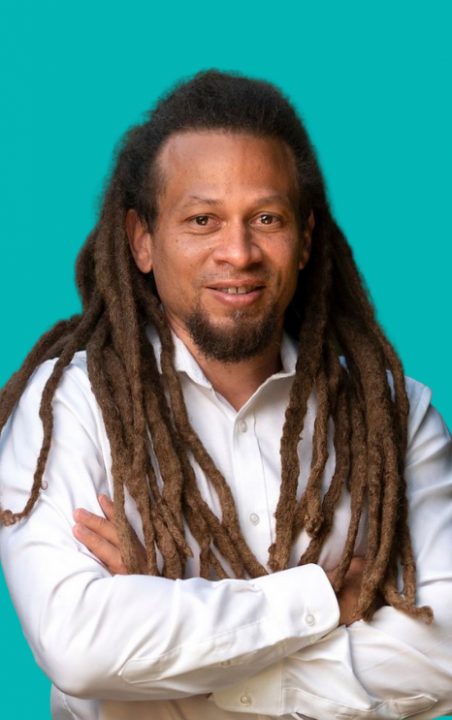In recent years, the discourse surrounding Confederate and colonial monuments has resounded through the corridors of public consciousness, eliciting fervent debates, emotional responses, and profound reflections upon the values we choose to enshrine in our public spaces. The Bahá’í teachings, which stem from a philosophy of unity, justice, and the harmonious coexistence of diverse perspectives, provide a unique lens through which to examine these controversial symbols of the past. Engaging with the insights of Dr. Derik Smith, an academic who delves deeply into the cultural ramifications of memorialization, invites a nuanced conversation that transcends mere rhetoric, beckoning towards a deeper understanding of history, identity, and progress.
At the heart of the Bahá’í teachings lies the principle of justice, which urges individuals to critically assess the narratives that have been constructed around us. Monuments, once erected to immortalize figures who played pivotal roles in important historical narratives, often become battlegrounds for ideological clashes. They serve not merely as celebratory artifacts but as heuristic devices that embody complexities of identity, ancestry, and the multifaceted legacies that they represent. Dr. Smith posits that these structures, while initially conceived to memorialize, have morphed into agents of contention that provoke societal introspection.
In contemplating the placement and preservation of Confederate and colonial monuments, one must consider the role of context. Much like the shifting sands of a desert landscape, interpretations of these monuments vary significantly depending upon societal evolution and the tapestry of collective memory. This is indicative of a broader paradigm in which the Bahá’í teachings advocate for the reassessment of historical narratives through the lens of contemporary ethics and values. Dr. Smith emphasizes that understanding the historical contexts in which these monuments were erected is imperative for meaningful discourse and reconciliation.
The Bahá’í perspective advocates for the examination of history as a continuum—an evolving narrative that constantly adapts to encompass burgeoning understandings of justice, equality, and human dignity. Conflicts arising from the existence of monuments often spotlight an intrinsic struggle between maintaining historical fidelity and addressing the wounds that particular histories have inflicted upon marginalized communities. Dr. Smith elucidates that engaging with this duality is not an act of erasure but rather one of acknowledgment and dialogue—an endeavor to foster an environment ripe for healing and restoration.
Furthermore, the metaphor of a tapestry aptly encapsulates the intricacies involved in the conversation surrounding these monuments. Each thread represents a story, a voice, an experience, intertwined with others to create the larger story of society. The deliberate choice to elevate or diminish certain threads can influence the narrative that emerges. The Bahá’í commitment to fostering unity encourages one to weave in the threads of all historical narratives, recognizing the importance of inclusive storytelling that honors the multiplicity of human experience.
As discussions progress, it becomes increasingly evident that dialogue—rooted in respect, openness, and understanding—is paramount to navigating the complex landscape of monumentality. Dr. Smith’s scholarly contributions resonate with the Bahá’í emphasis on consultation as a mechanism of collective learning. Consultation enables communities to grapple with challenging histories while fostering mutual respect and empathy. This form of engagement empowers individuals to transcend polarized discourses and seek commonalities that can lead to constructive resolutions.
Within this framework, the question arises: How do we honor the societal scars while cultivating a vision that honors the dignity of all? Dr. Smith champions the idea of adaptive recontextualization, suggesting that rather than obliterating problematic monuments, communities could consider modifications—whether through the addition of interpretative plaques, artistic re-envisioning, or the establishment of educational programs—to provide a more holistic understanding. This transformational approach aligns with the Bahá’í principle of seeking constructive solutions that promote harmony and inclusiveness.
Moreover, the dynamic nature of societal values compels a recognition that monuments are not static; their relevance can wax and wane. This fluidity offers an opportunity for introspection as societies seek to crystallize their collective ideals—a journey echoed in the teachings of Bahá’u’lláh, which advocate for the relentless pursuit of justice and truth. Encounters with monumental legacies should encourage dialogue that scrutinizes entrenched injustices while also illuminating pathways toward truth and reconciliation.
In conclusion, the conversation about Confederate and colonial monuments, especially as illuminated by Dr. Derik Smith’s insights, provokes a reflective inquiry into our values, narratives, and the symbols we choose to perpetuate. The Bahá’í teachings implore us to engage with history not as a mere archive of facts, but as a living discourse, ripe with the potential for growth, healing, and unity. By embracing the complexities of our past, we can forge a more inclusive future, wherein every thread in the societal tapestry is acknowledged, valued, and celebrated. This synthesis of reflection and action epitomizes the aspiration to build a world in which justice reigns, and the collective human experience is revered.
